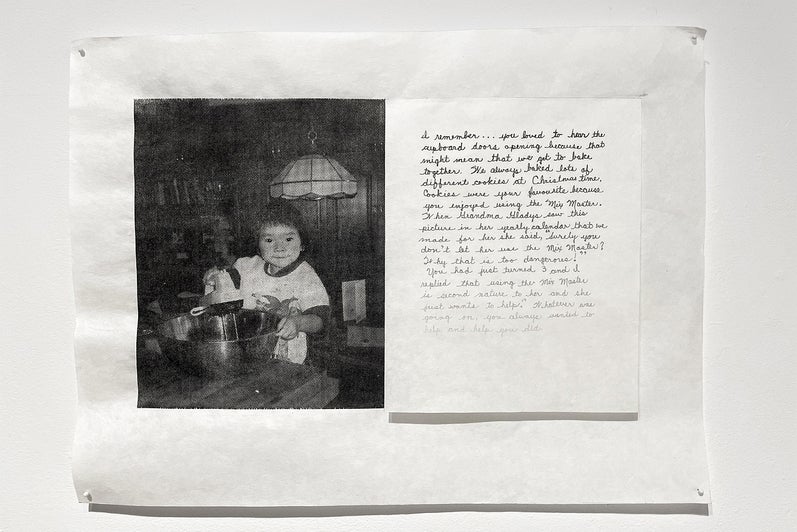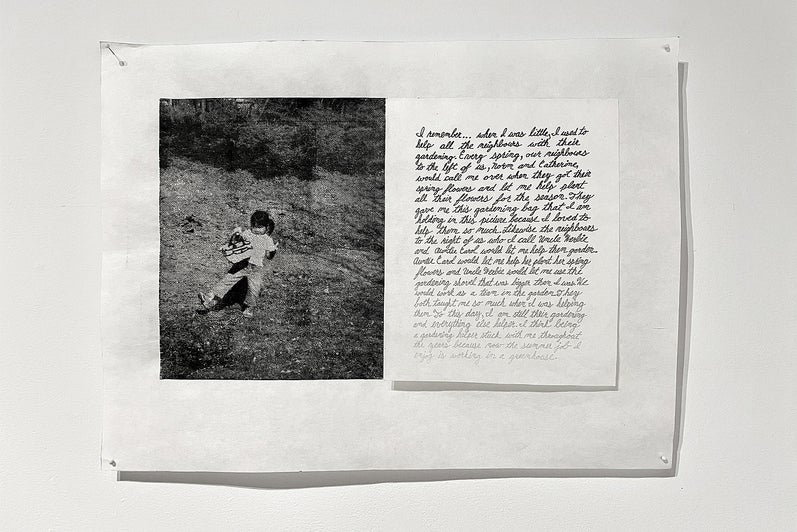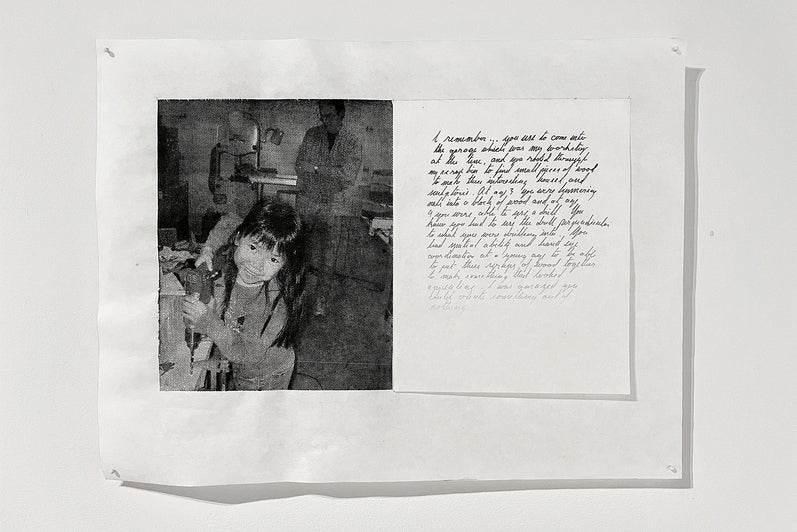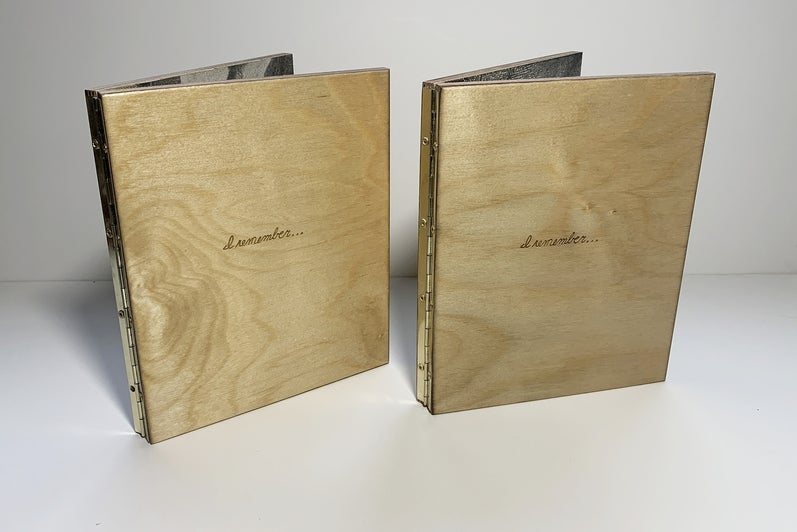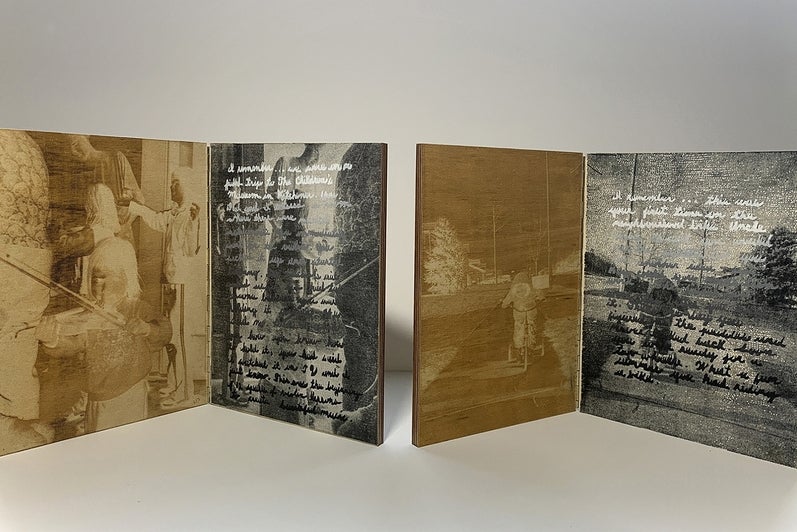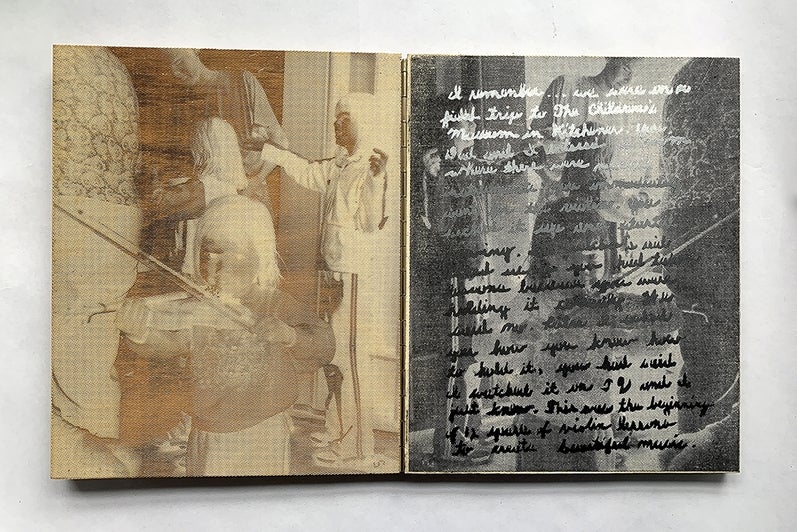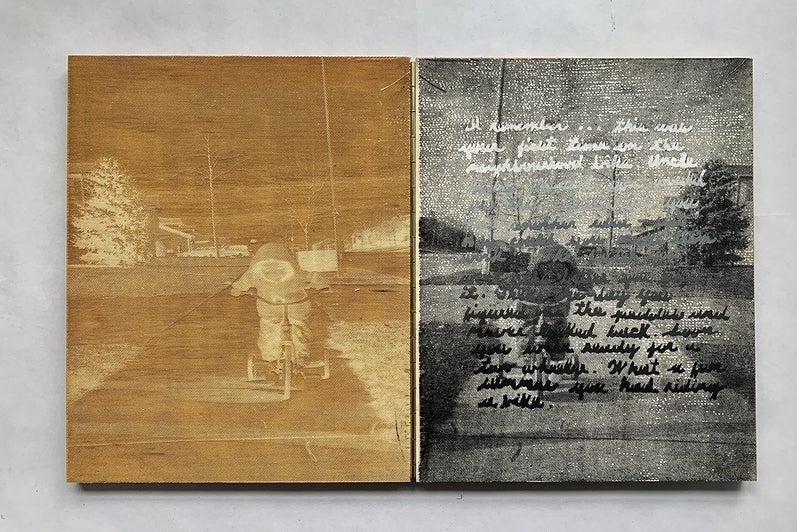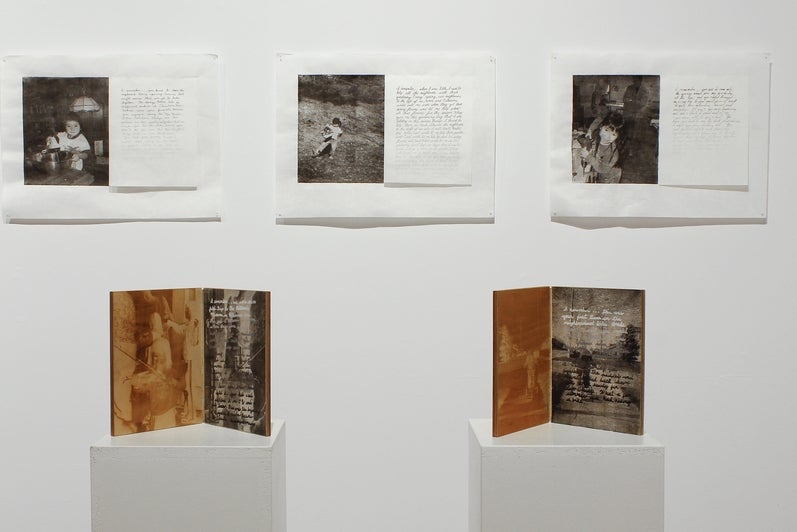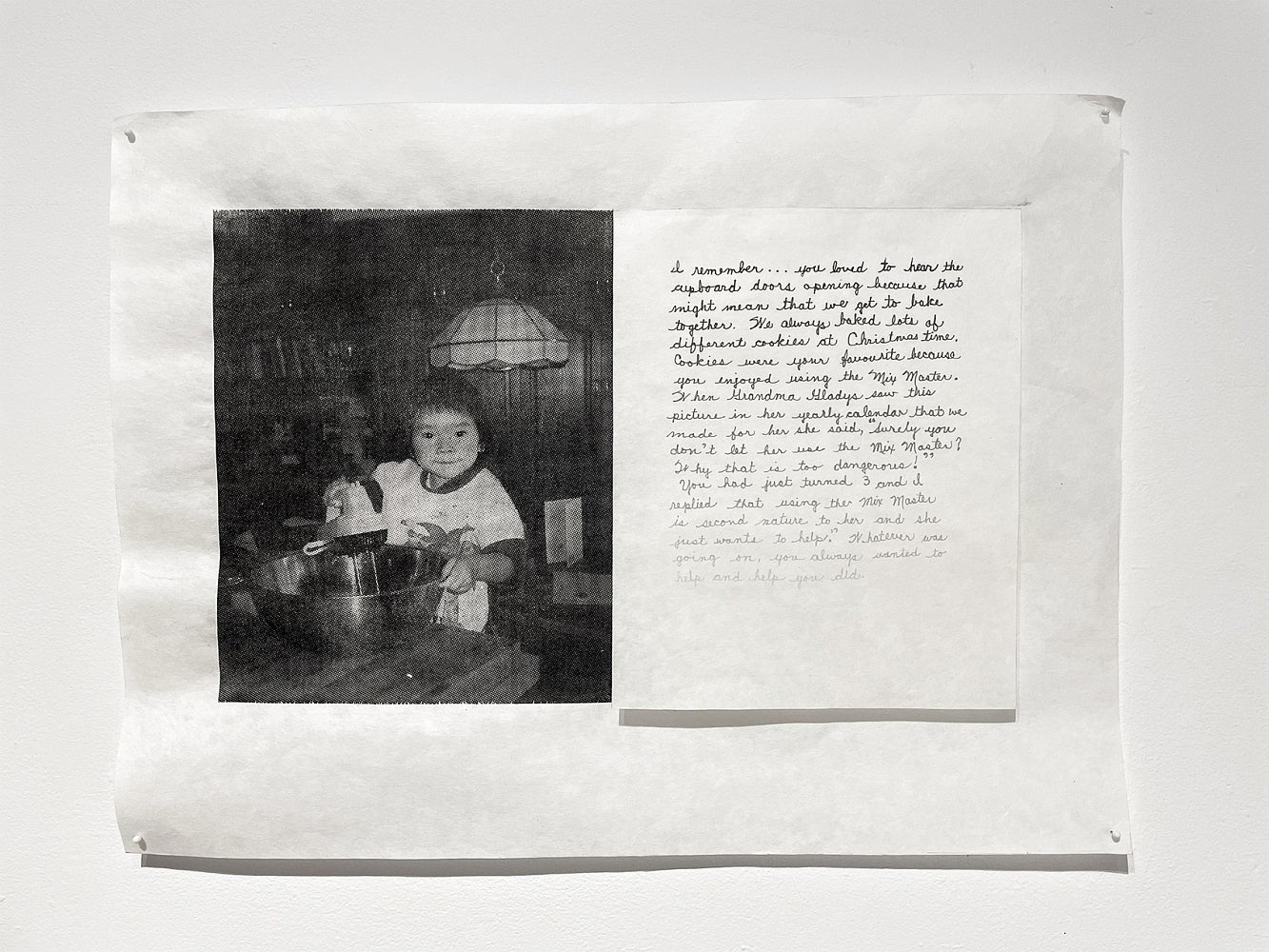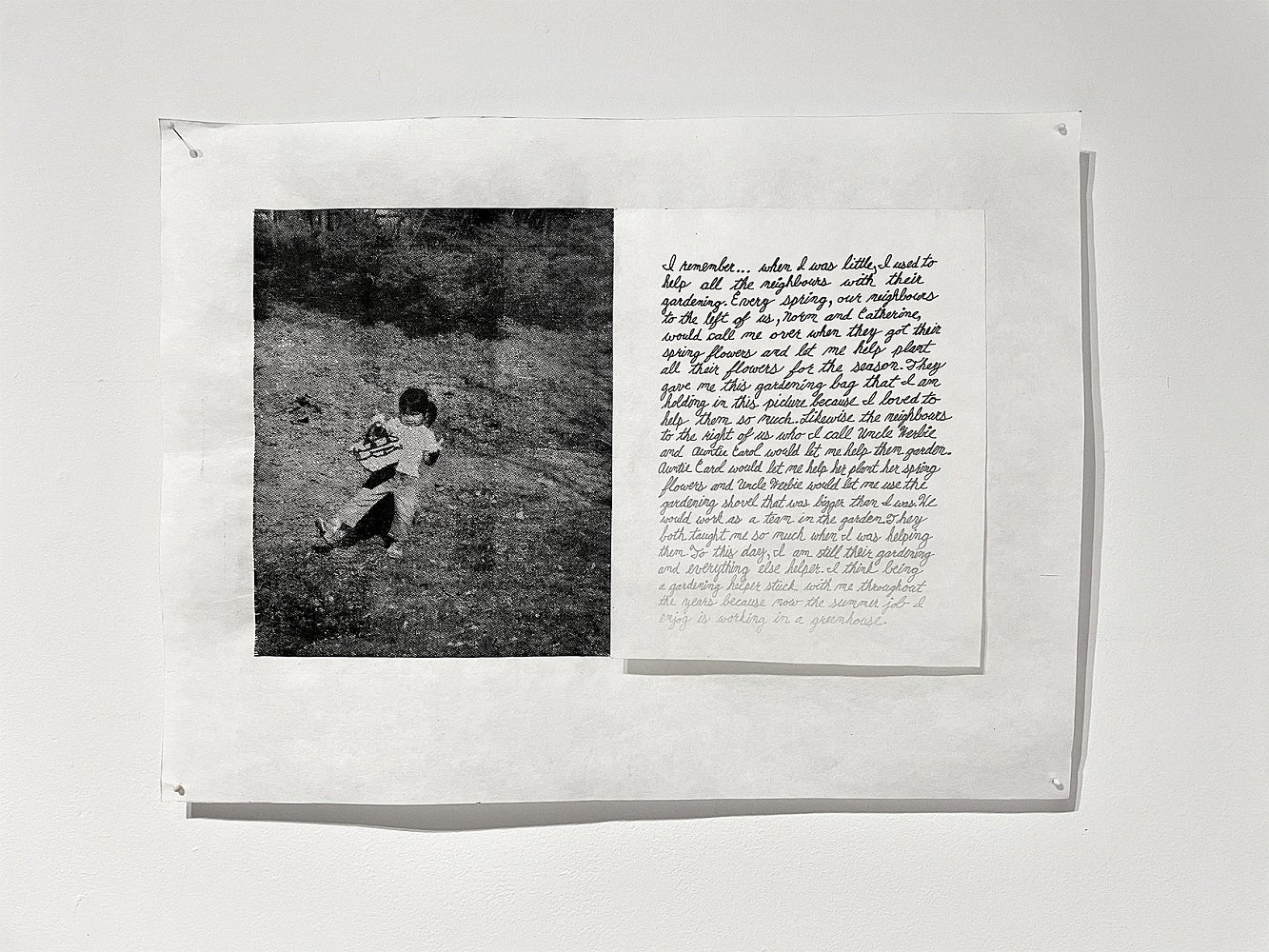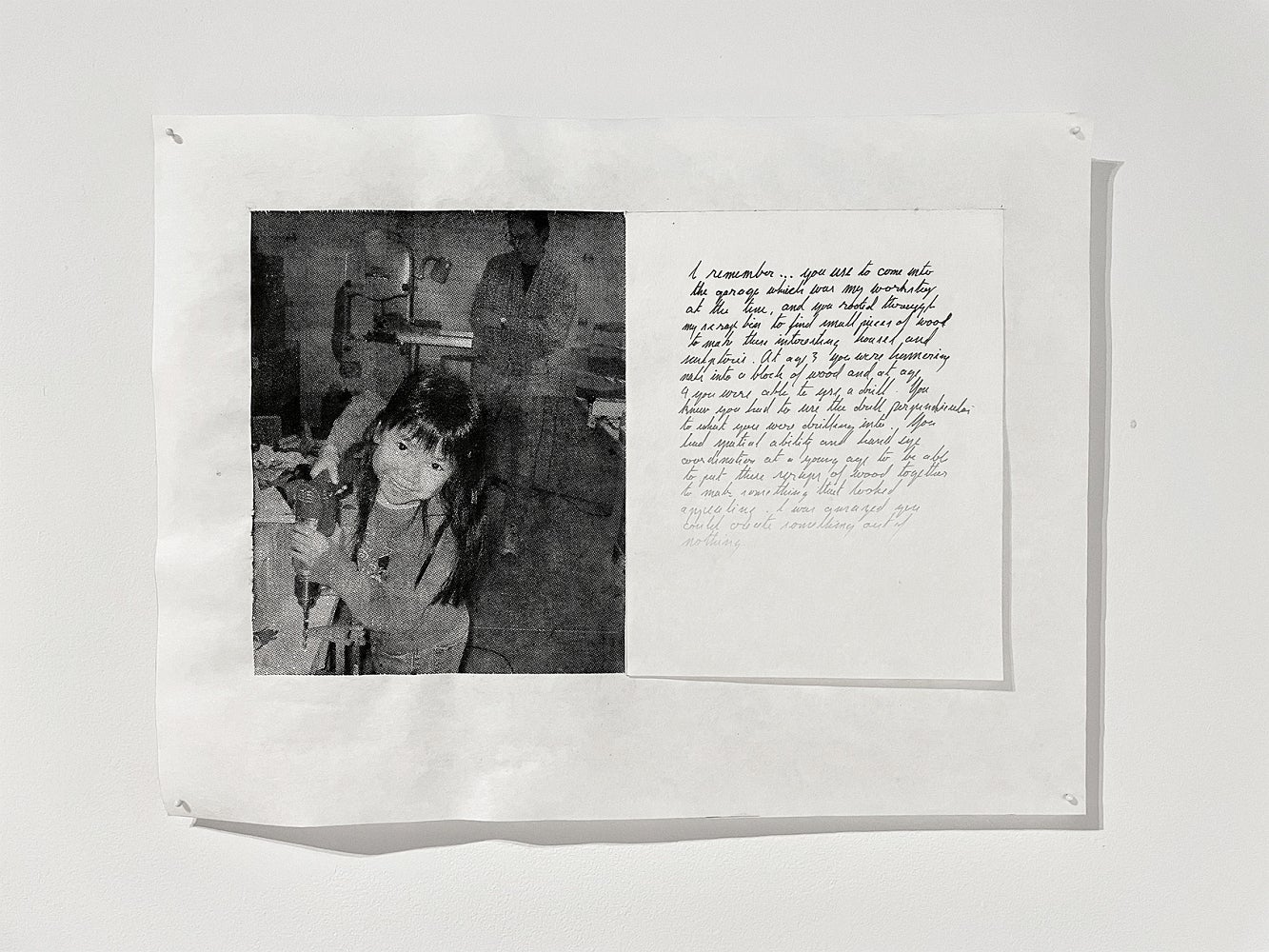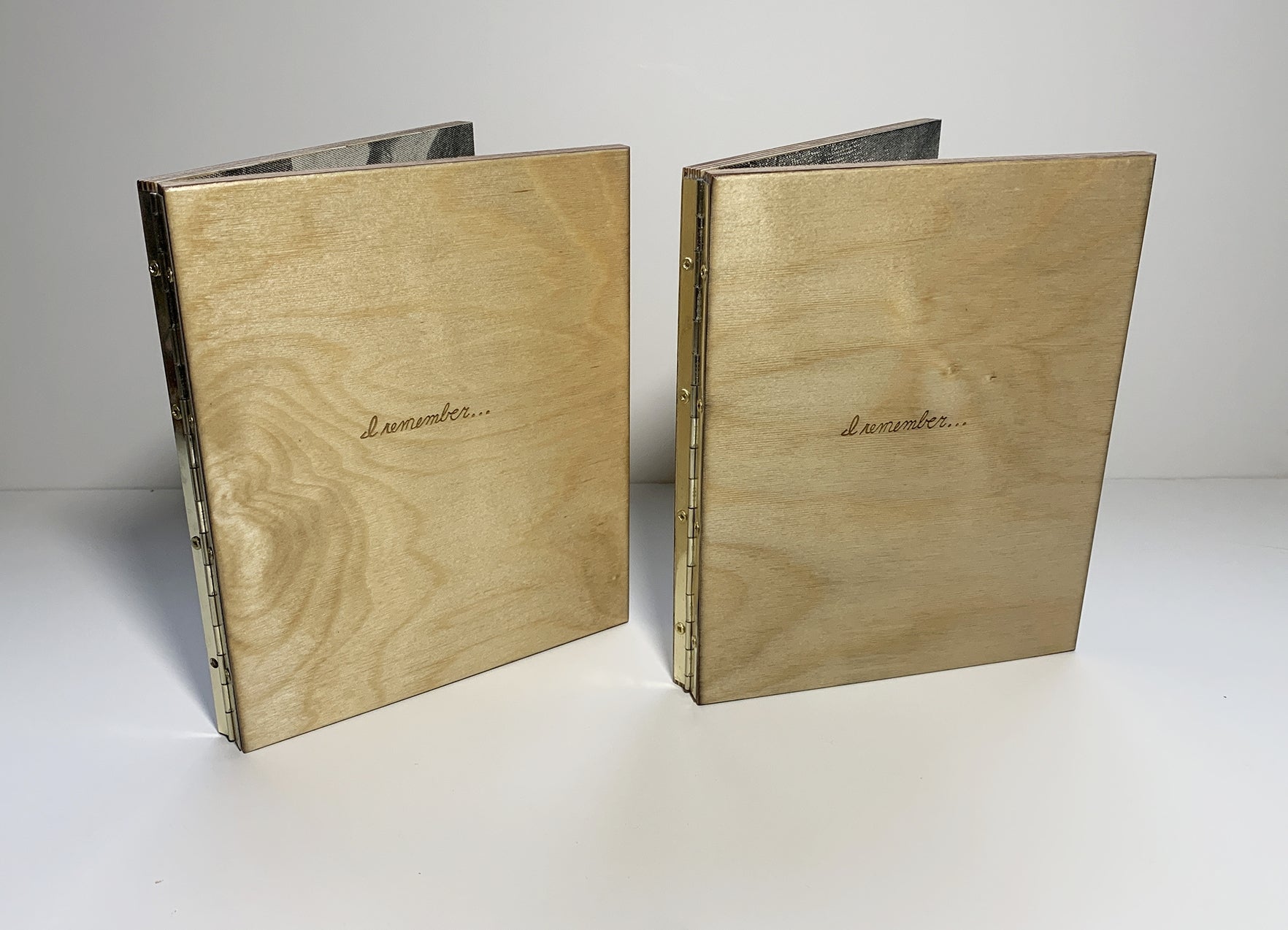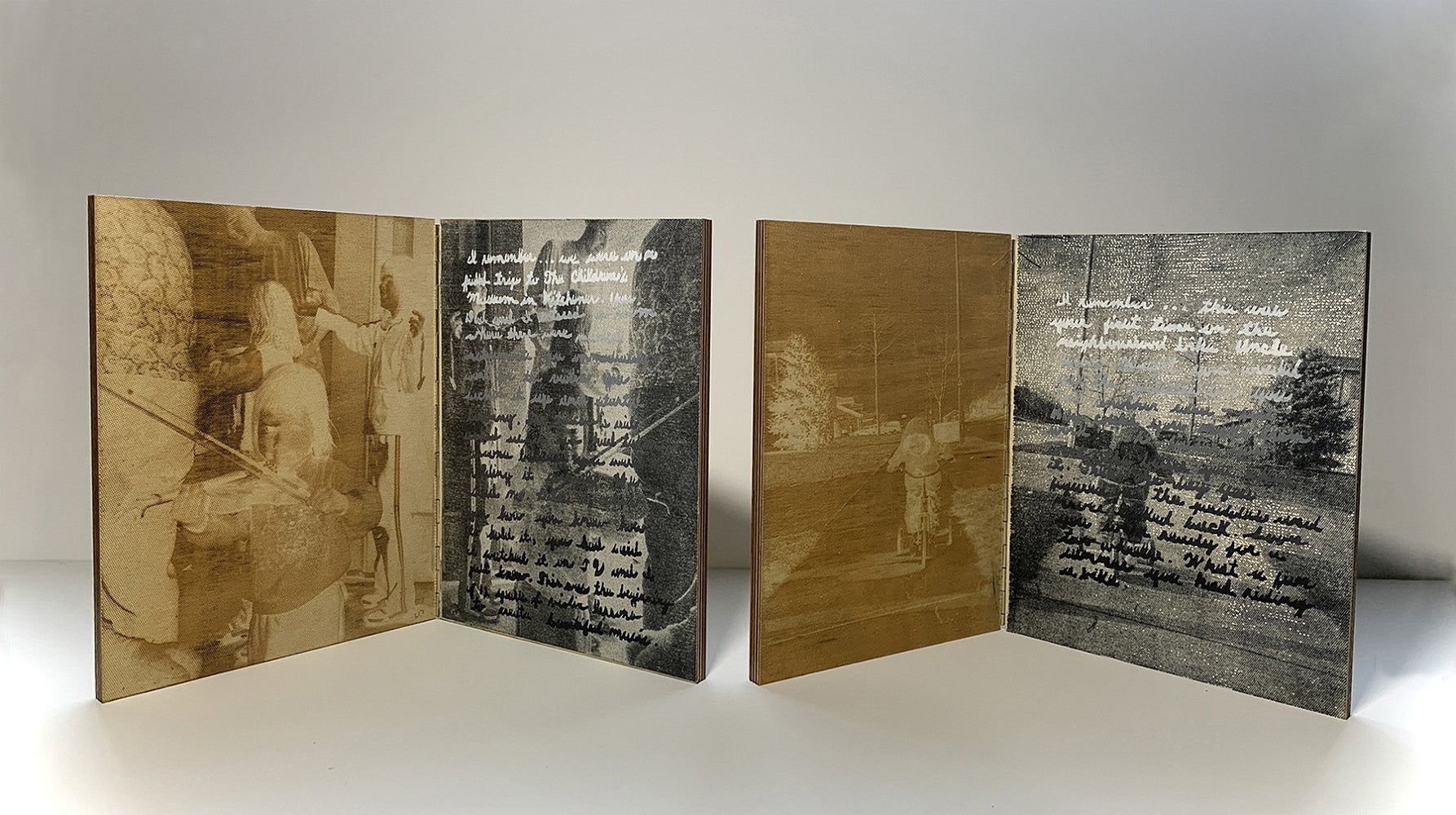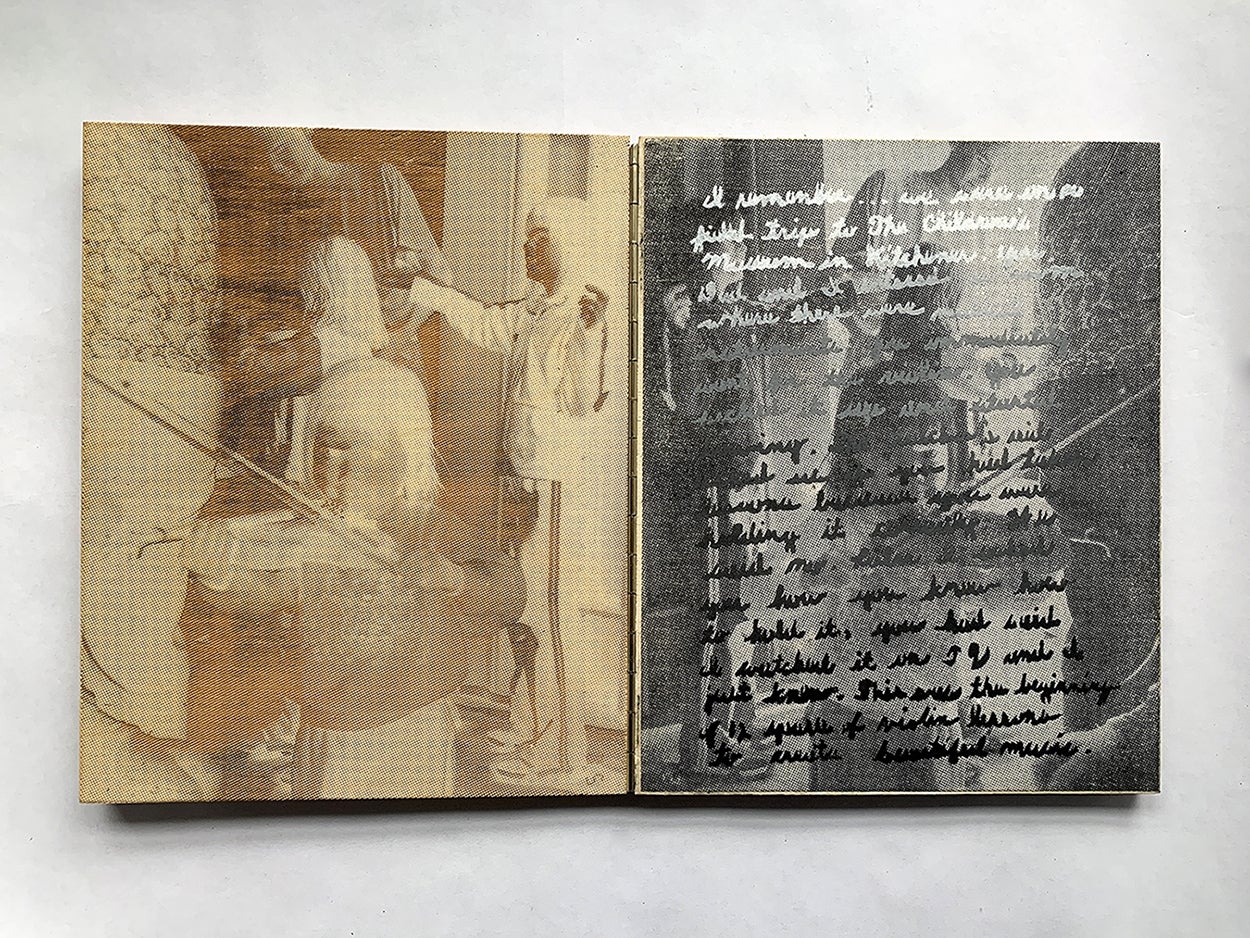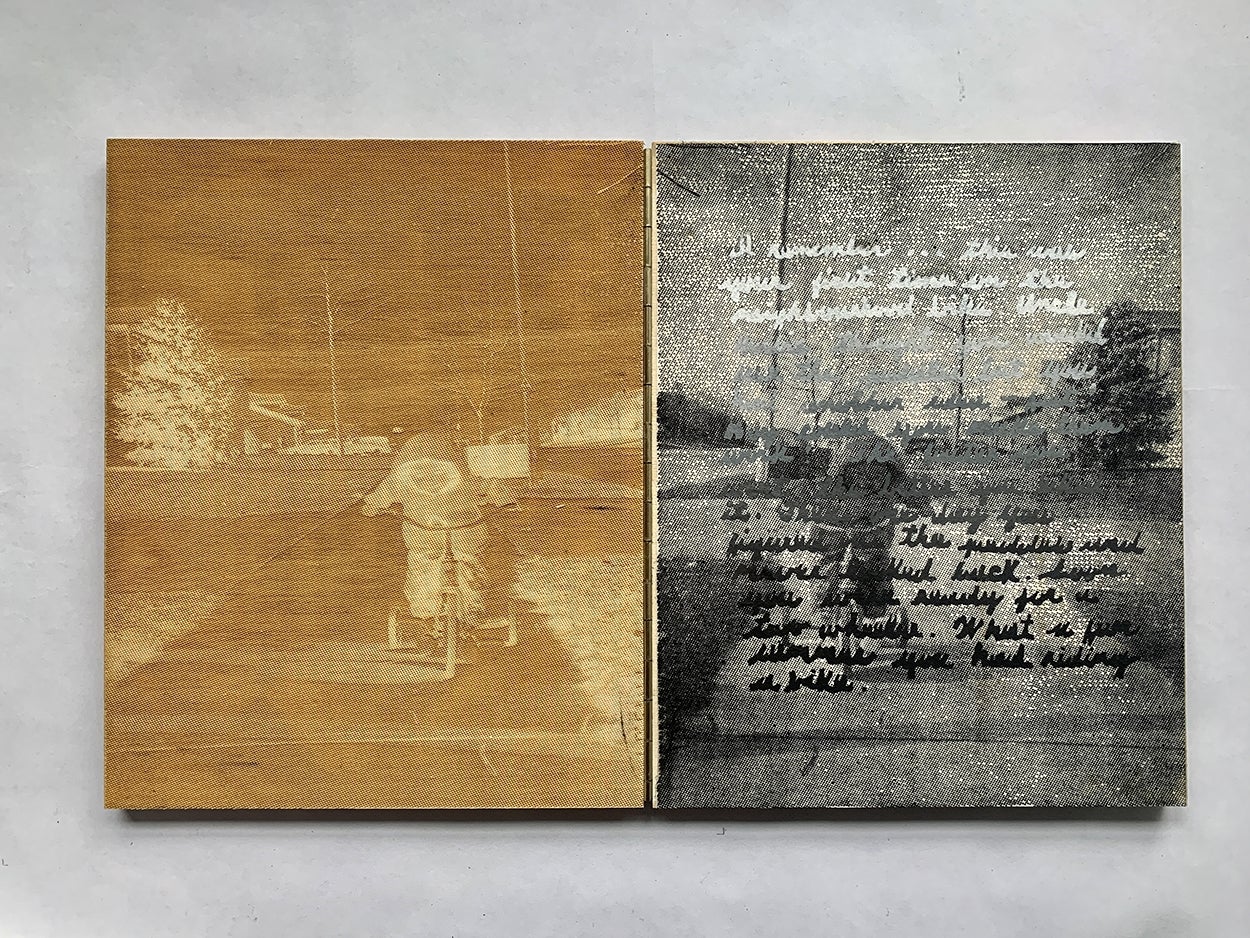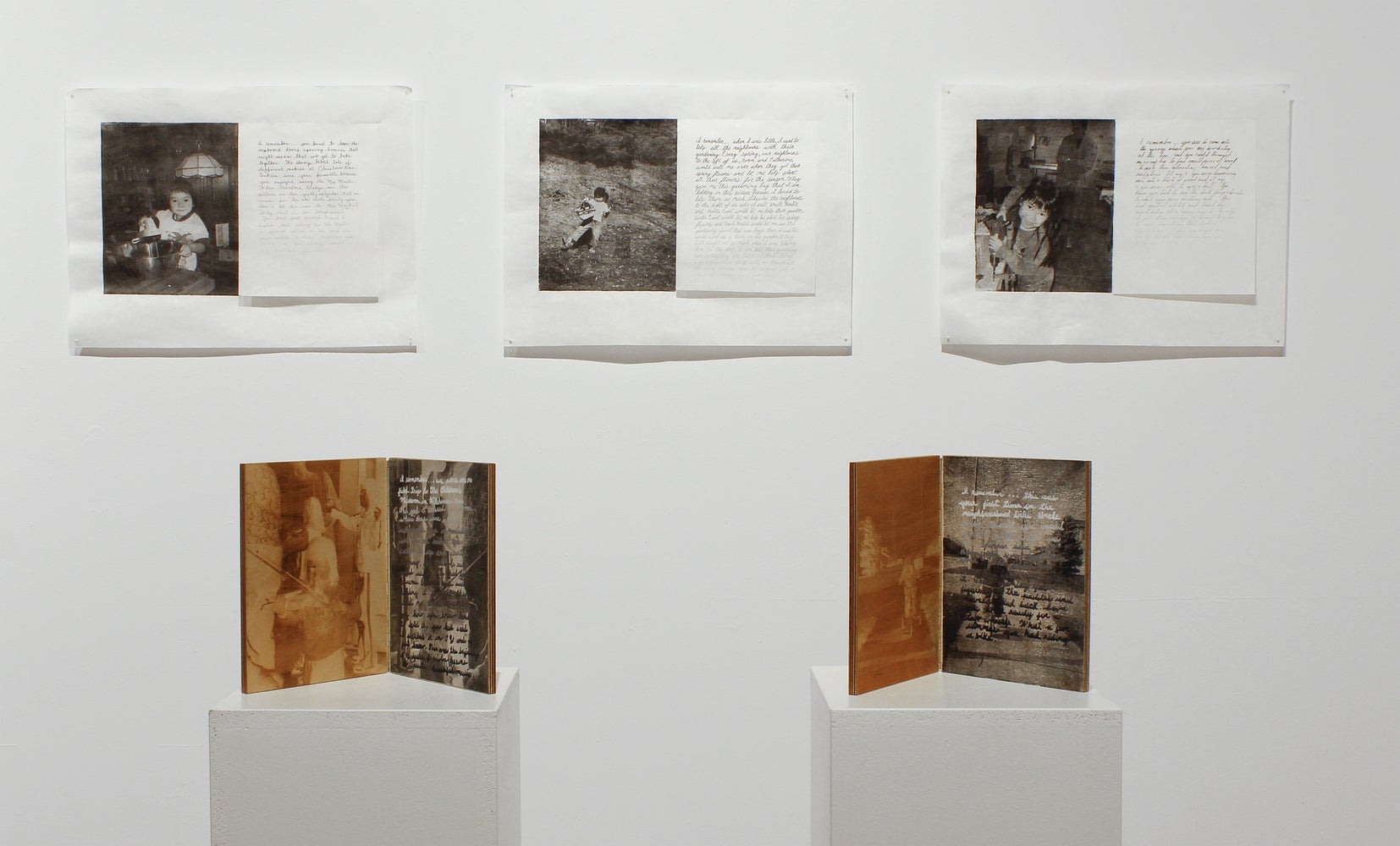
Instagram and Facebook: @larissaward.art
Website: www.larissawardart.com
Email: larissaward.art@gmail.com
Larissa Ward is a fourth-year undergraduate student who is currently completing her Bachelor of Arts degree at the University of Waterloo, double majoring in Fine Arts Studio Practice and Psychology. Her artistic practice explores personal narratives through realistically drawn portraits and more recently, explorations with digital photographic manipulation and printmaking. Her work mediates on recollecting past events through experimental printing practices. Using childhood photographs, Larissa considers the ephemeral quality of a fading, changing, and distorted memory.
Artist Statement
I have always been intrigued by the idea of how photographs capture a moment in time or memory. My work is inspired by the question: as an only child, who will remember once my parents pass? Over time childhood memories become distorted and lost. My artistic practice explores the conceptual idea of personal narratives, time, and memories through childhood photographs.
Much of my work is inspired by Christian Boltanski, where even though personal memories are utilized, the images created are haunting, unsettling, and melancholic. I emulate this in my work through the exploration of deeply personal narratives with the hope of prompting viewers to think about their memories. Other inspirations include Susan Dobson and D-L Alverez’s exploration of time and fragmented memories and further Sophie Calle and Duane Michaels in how they pair text and image.
I take printed family photos and bring them into the digital age through digital manipulation and printmaking processes. My works are not only a combination of past and present photographic methods, but also a combination of past memories and current recollections. This is done in my current series that couples childhood photographs with accompanying handwritten memories by each member of my family: my mother, my father, and myself. As the memories fade, so does the writing. I am drawn to various techniques of printmaking because the processes have a handmade, haptic quality where “imperfections” happen—another commonality with how memories function.
One can see this where the images in my series are bitmapped, resulting in the unintentional loss of information which is representative of a loss in memory. As my work focuses on family photographs, printed images are traditional intimate family photograph sizes.
In the handmade book diptych, inside on the left page is the negative laser-cut woodblock and on the right side is the hand-printed version with the recollection of the event pochoired on top.
In the woodblock-printed triptych series, the images chosen all represent in some way or another me being a helper and having responsibility. This moves past a nostalgic/cherished family picture into showing a deeper complexity of family. Pictures in this series are not framed, keeping the image more raw like family memories and so that the paper bleeds into the wall (referencing contemporary photography).
Furthermore, the images in the series are glued just at the top which references a tipping method, a common practice in the print industry. This tipping of the top edge lets the print float – giving it dimensionality and transience. Also, something very slight but intentional is the extra inch of a border at the bottom, this makes the image look more fleeting without being too self-conscious.
Each of the series is tied together by the use of childhood photographs where questions are posed about the relationships between memory, loss, nostalgia, and ephemerality.
Interview Questions
What aspects of your life inspire your art?
My art is inspired by all aspects of my life and experiences. I think my second major in psychology informs my artistic practice of exploring personal narratives where I think about how our minds store and forget memories. Not to be morbid, but another aspect of my life in my upper years at university that has prompted a lot of my exploration of personal narratives and the mind is coming from a background of being an only child and thinking about the idea of life and death: asking the question, “who will help you remember events/memories when there is no one to ask?” Some of the time my art is about capturing the beauty around us and at other times it is about reflecting on my life experiences and thinking about the passing of time/the fleeting quality of memories.
What are your preferred mediums and why are you drawn to them?
I am very drawn to graphite pencils and printmaking. Graphite was the first medium I used to really create fine art. While some people may think that graphite can be a very basic or simplistic material, I think that because of its nature to easily add and take away tone you can really play and build up the material to create something beautiful.
I also became drawn to various printmaking techniques when I started exploring personal narratives because even though your printing blocks can be the same, your hand is involved and this can result in imperfections which also relate to my theme of how memories function.
Where do you see yourself in the future? How do you see your art practice evolving?
In the future, I hope to combine the things I have learned in both my majors: Fine Arts and psychology. While I am unsure if I want to pursue teaching art or working in a developmental psychology field, I hope to continue creating and developing as an artist, and hopefully work on some commission work on the side. While creating art may not be my main career, I still hope to use the skills I have learned in this degree like creative problem-solving in other parts of my life.
In my years at university, I have tried to use different media than what I traditionally work with (graphite) and look at the resources available at the university like the printmaking studio. I have really enjoyed how the printmaking process has evolved my artistic process. So, in the future, I will always be looking to see what the resources around me are to try learning new techniques and applying them to my artistic practices.
What do you want people to know about you as an artist?
I want people to know that I am an artist who explores personal narratives through realistically drawn portraits and more recently, through explorations with digital photographic manipulation and printmaking. I am an artist who wants to create art that tells a story, inspires, and is reflective. My goal in art is to capture the beauty around us and to explore the stories behind the pictures. My work mediates the recollection of past events through experimental printing practices. Using childhood photographs, my work considers the ephemeral quality of a fading, changing, and distorted memory. While my work explores personal narratives, as an artist I want my work to resonate with the viewer to reflect and question their own personal narratives.
What is the most significant thing you will take away from your Fine Arts studies?
I think there are two significant things I will take away from my Fine Arts studies. One, in your Fine Arts studies I think you really learn how to become a creative problem-solver. You learn this skill in Fine Arts because you can have an idea of how you think a project will look or be created, but when you actually go to create the work it is not always as you had planned—you have to adjust, reevaluate, be open to new ideas, and creatively problem-solve in order to take your idea in your head and make it into the physical work of art. The other significant thing I will take away from my Fine Arts studies is the importance of your artistic choices. You constantly have to ask yourself as the artist, “why did I make that decision in the creative process and how does this artistic choice inform the art I am creating and what does it tell the viewer?” I think many young artists want to create a picture of “x,” but what the Fine Arts program has really taught me is to think deeper and ask if you are creating a picture of “x,” why are you creating it and what do you want to tell the viewer by creating “x.” The “why” is going to be constantly informing your artistic decisions.
